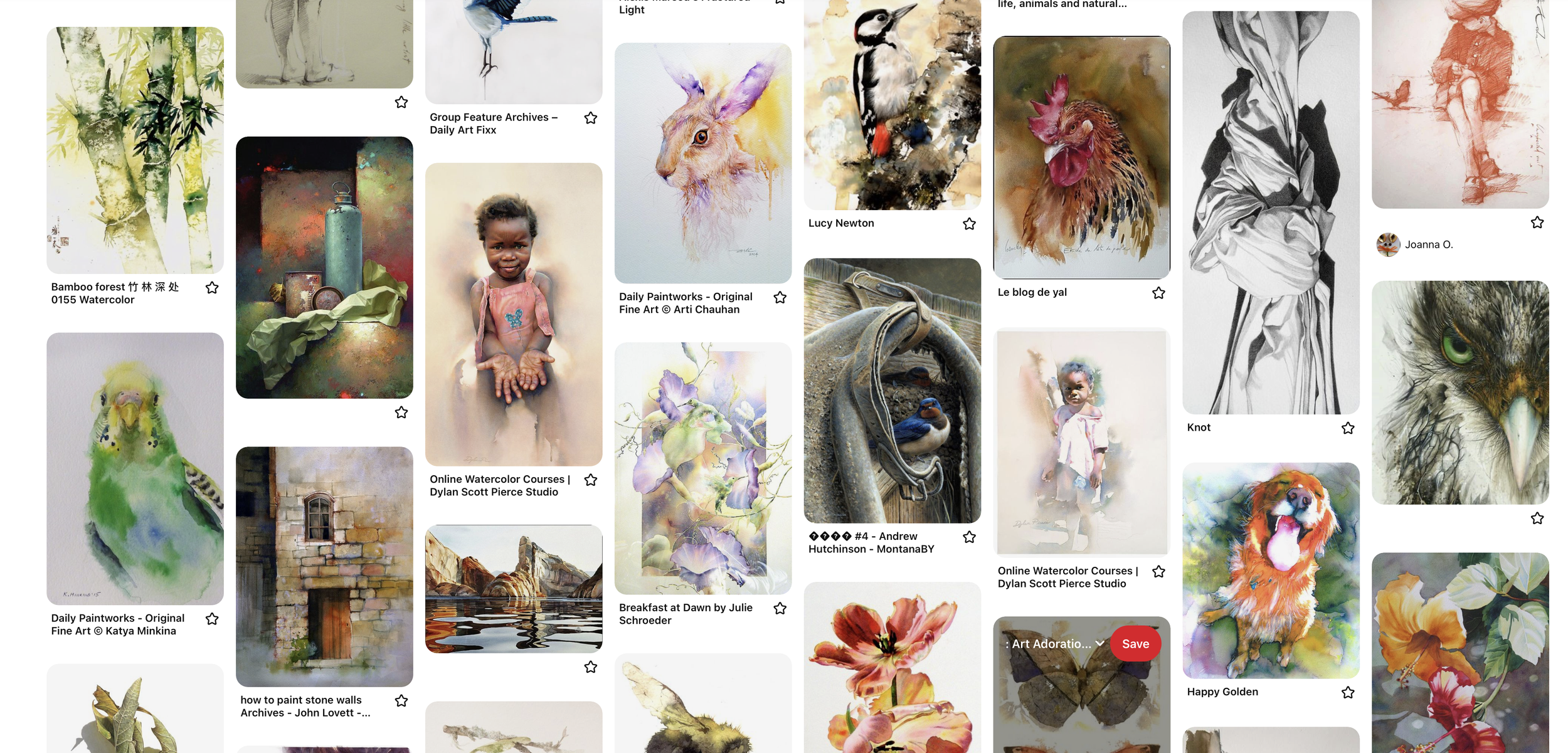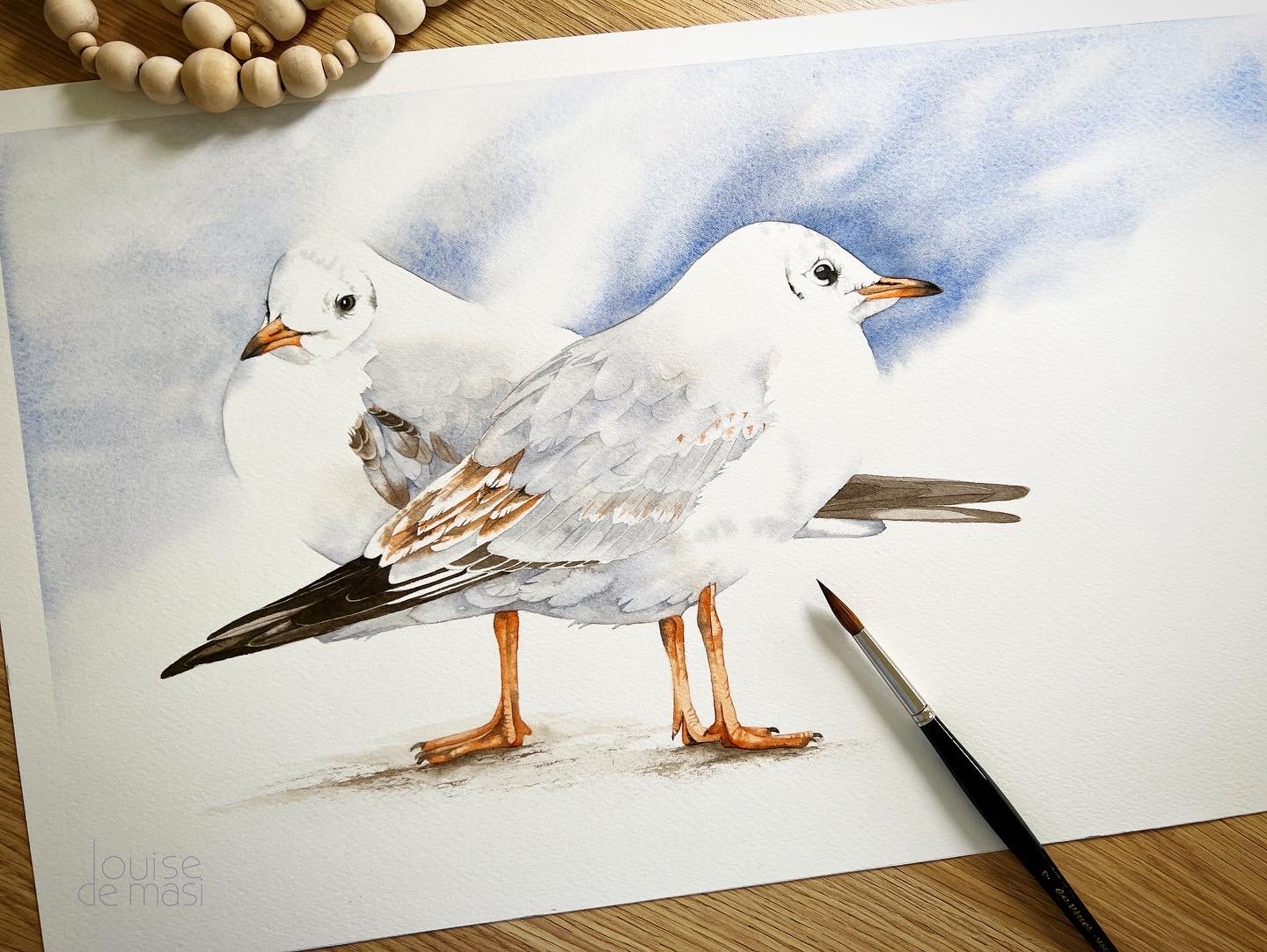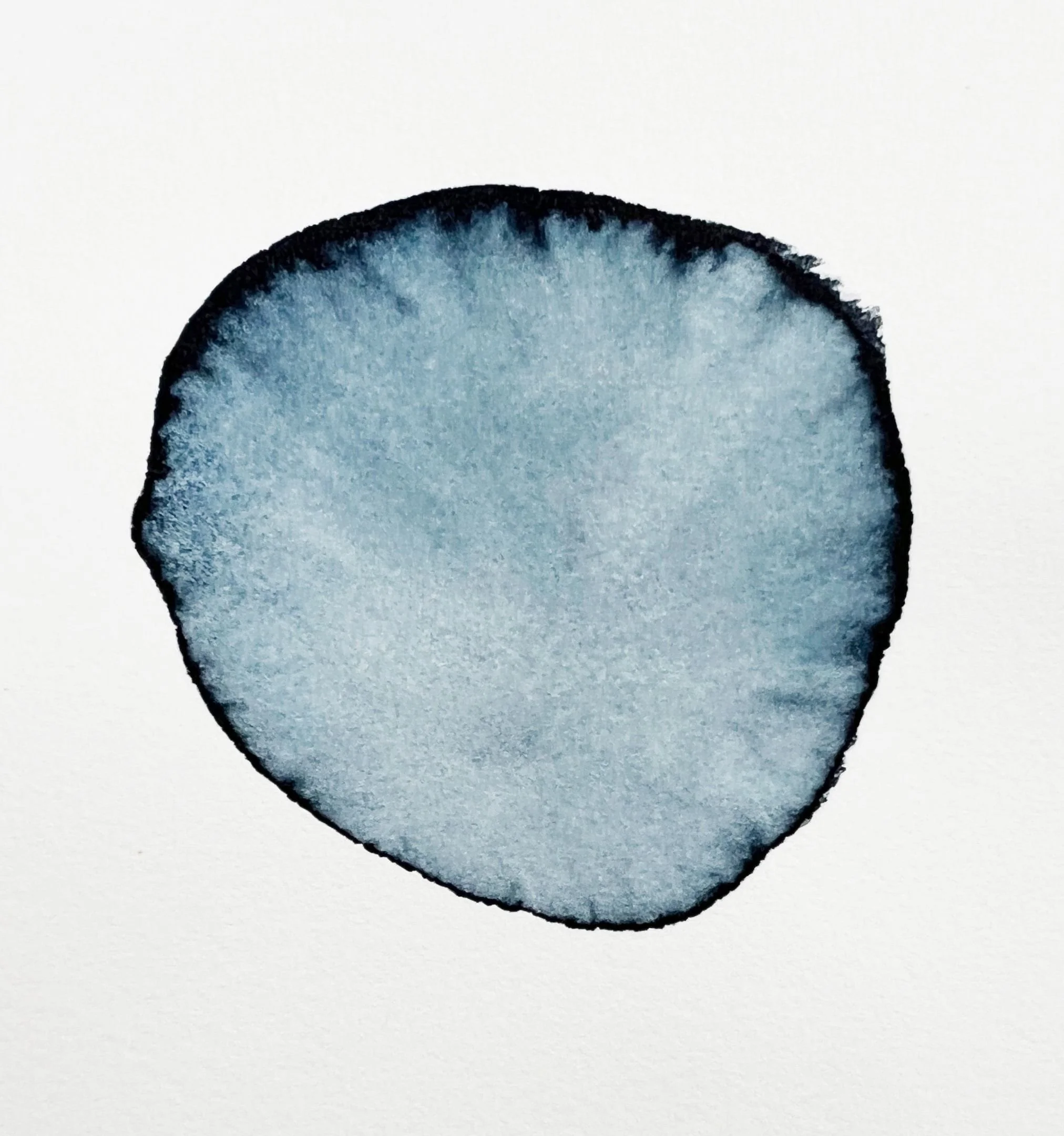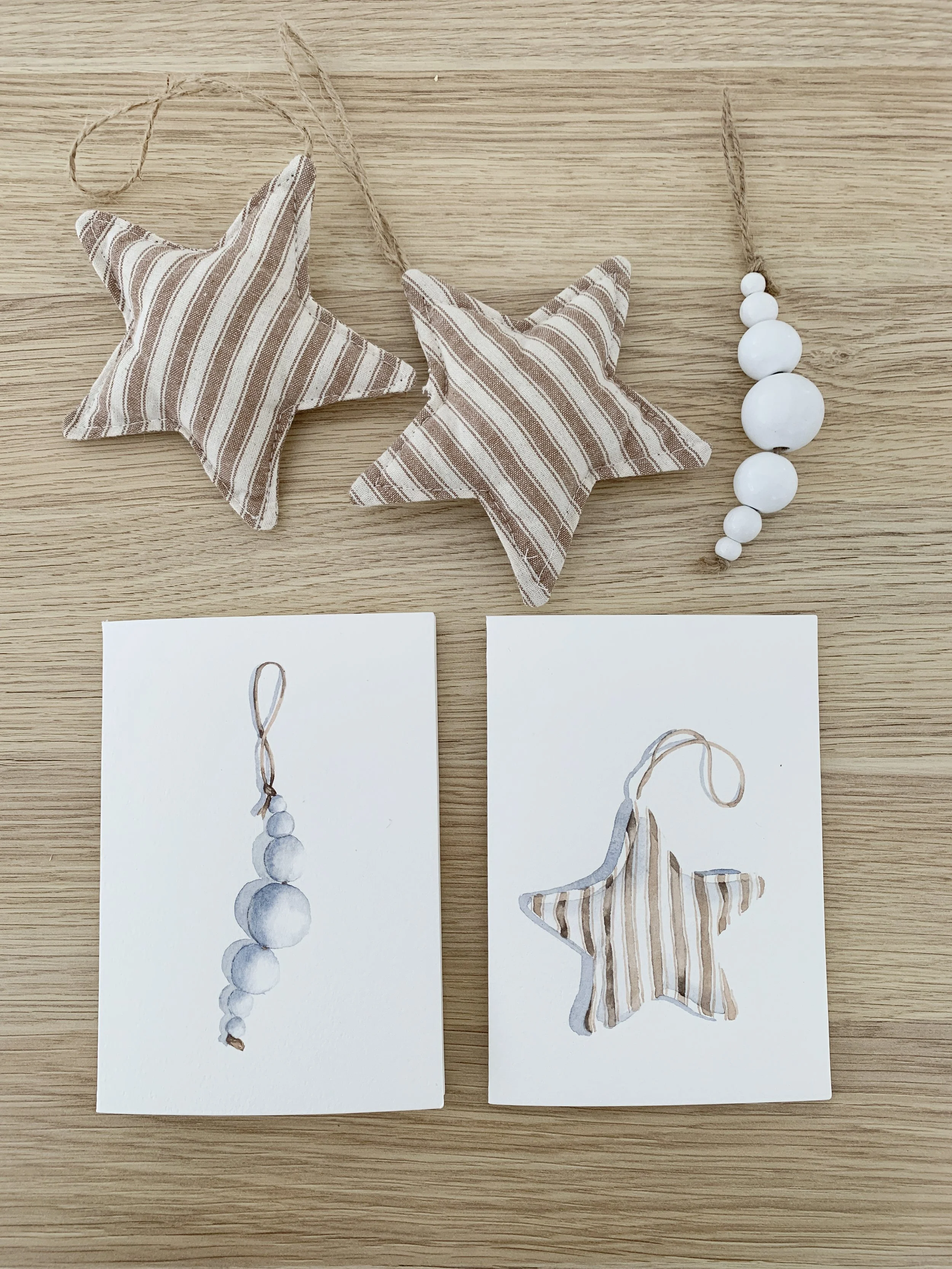How to Find Your Art Style
Embarking on a journey as an artist often involves a quest for personal expression and a distinctive artistic identity. Do you often find yourself comparing your work to that of others and wondering why your creations lack a distinct style?
In this blog post, we'll explore the process of finding your own art style and understanding that it's a journey of self-discovery and gradual evolution rather than a quick fix.
What is a personal art style?
Your personal art style refers to the unique and distinctive way in which you express yourself through your work. It is your artistic voice. It is the result of your personal preferences, experiences, influences, and creative decisions. A personal art style encompasses your individual techniques, subject matter choices, colour palette, compositional preferences, and overall visual language. It is unique to you and it's a reflection of your personality and creative identity.
I have long admired the work of Australian artist John Lovett. He has a distinctive style. His works often feature landscapes, seascapes, and urban scenes rendered with a delicate balance of loose, expressive brushwork and precise detailing. His ability to capture the interplay of light and shadow is a hallmark of his signature style. I love how he pushes the boundaries of the medium by incorporating elements of abstraction and mixed media in his paintings.
Two of John Lovett's paintings in his book 'Textures, Techniques & Special Effects in Watercolor.'
I also admire the work of American artist Mary Whyte. She also has a distinctive style of painting. Mary is known for her realistic and emotionally charged portraits and figurative paintings.
Her personal artistic style is characterized by her exceptional skill in capturing the essence of her subjects with remarkable detail and sensitivity. She is known for her realistic approach to watercolour, using the medium to portray the human experience with depth and authenticity. She has the ability to tell compelling stories through her subjects.
Two of Mary Whyte's paintings in her book 'More Than a Likeness.'
How do you find your artistic voice?
Spoiler alert: You don't find it; you develop it.
You develop it with consistent and sustained practice.
Everybody has their own unique handwriting shaped by the sheer act of writing. Your own artistic style will emerge in the same way as your handwriting, as you explore, experiment, and express yourself.
Mine the depths of your creativity, refine what you uncover, and embrace your individuality. Your artistic journey is a process of exploration. It's the consistent practice that polishes the rough edges and it's the sustained effort that transforms a mere idea into a masterpiece.
Think about the potter at their wheel, working with clay. They guide the clay into its form. Similarly, your artistic style isn't something you stumble upon—it's something you shape.
Image of a potter’s hands by Lubos Houska (Pixabay).
How long does it take to develop your own artistic style?
The time it takes to develop your own art style varies from artist to artist.
There's no fixed timeline or formula, as it depends on factors such as your artistic background, the amount of time you dedicate to practice and your willingness to experiment.
I've been painting in watercolour since 2011.
Although many have told me that I have a distinct style of painting, I feel I am still searching for my own unique personal style. I'm not there yet. My style is evolving as I continue to experiment with watercolour.
So, if you are a beginner, settle in and forget about finding your style for quite a few years. Learn the fundamentals of your chosen medium. Dedicate yourself to practising and have patience.
Why is it important to find your art style?
Finding your own art style is something many artists strive to achieve but whether it's essential for success can depend on various factors and definitions of success.
The advantages of having a specific style.
Developing a personal art style sets you apart from others and makes your work recognisable and memorable.
It can contribute to the development of a cohesive body of work which will create a professional looking portfolio.
A well-defined personal art style can attract a specific audience or collector base interested in that particular style, which can be beneficial if you are seeking to sell your work.
Developing a unique style can help you to stand out from the crowd and increase your chances of being noticed by galleries, art publications and other opportunities.
While developing a personal art style can enhance your creative journey and contribute to your success, it's not an absolute requirement. Success can be achieved through various paths, and what's most important is staying true to your own artistic vision while also remaining open to growth and new possibilities.
Some tips to help you develop your own style
I know you're keen to develop your own artistic voice because you're still reading, so here are a few tips that might help you find your art style.
1. Look for inspiration
Inspiration is everywhere, from nature to everyday life, other artists' work, books, music, and more. Collect images, ideas, and concepts that resonate with you. Study the works of artists you admire to understand their techniques and how they've developed their unique style. This can spark new ideas and perspectives for your own artistic journey.
I have a collection of private Pinterest boards dedicated to the artwork of artists I admire. When I need some inspiration, I find myself drawn to these boards, and each time I visit, I'm immediately invigorated and keen to experiment.
The work of other artists can influence your own work. I draw inspiration from the work of Karl Martens. He has a special love for birds and he uses salt to create texture in his paintings.
I have sporadic success when I use salt in my paintings but I love the interesting texture it creates. Instead of using salt, I create intentional blooms by dropping water onto the drying paint to add visual interest. This part of my 'developing' style came about because of the influence that Karl Martens has had on my work.
2. Practice
Cultivating a distinctive artistic style requires dedicated practice. The essential step is to immerse yourself in your craft, investing the time and effort to refine your skills. This involves mastering the fundamentals, honing your techniques, and embracing the learning process that comes with making mistakes. Achieving a sense of ease with your chosen medium is vital. Remember, uncovering your art style necessitates the commitment to hard work; it's a transformation that emerges only through your unwavering dedication.
3. Embrace self-discovery
Your artistic style is a reflection of who you are as an artist and an individual. Take the time to explore your inner thoughts, emotions, and experiences. Consider what themes, subjects, and concepts resonate with you on a profound level. Allow yourself to delve into your own story, and let your art be a canvas for your self-discovery.
I'm not really a city person. Birds, animals, and nature are where my heart finds joy. Being outdoors brings me peace. I like to paint what I love – it makes me happy. I choose subjects that touch me, things I'm interested in.
Authenticity is key to developing a style that's uniquely yours. Allow your personal experiences, emotions, and perspectives to influence your work. Don't force your art to conform to trends or expectations. Instead, let your art reflect your individuality and the stories you want to tell. As you stay true to yourself, your style will naturally emerge.
Refelect on what moves you. Think about what makes you feel something and paint that.
4. Experiment and make mistakes
This is important!
Experiment with different techniques, different mediums and different styles. Make lots of mistakes and embrace them.
In her book 'Making Color Sing,' Jeanne Dobie says that if you are methodically turning out good paintings then you are not pushing yourself, you're staying in your comfort zone. How will you grow and develop if you keep doing the same thing?
I am not a landscape painter but many of my students have asked me if I could paint some landscapes and make tutorials. So reluctantly, I tried painting some cows in a field and of course....... I failed. I painted the same painting 5 times before I shifted my approach. Instead of painting the entire background I tried painting a vignette of the scene and I was very happy with the result. I know it's not a landscape painting but it's my version of one and I’m happy to do more like this.
By venturing into uncharted territory, you can expand your artistic horizons and open yourself up to new possibilities. This exploration and experimentation can foster creativity and can lead to unique and innovative artistic expressions.
Don't let your less successful paintings discourage you either. Take a moment to delve into them, considering what didn't quite work out. Reflect on how you might approach things differently in your next piece. Remember, every mistake you encounter serves as a stepping stone on your journey towards discovering your distinct artistic style.
Be Patient!
Developing your style takes time, so be patient with yourself.
Finding your own artistic style is not about reaching a destination, but about embarking on a creative journey that continually shapes and reshapes your expression. It's an ongoing exploration of who you are and a celebration of your unique artistic voice. Embrace the journey with an open heart, and let your style be a radiant reflection of your creative soul.
If you are interested in learning to paint in watercolour, I have over 170 online, voiced over watercolour tutorials for all skill levels.
The “Fishies” print is available to purchase as a print in the shop.
Further reading: 7 Habits of Successful Artists















